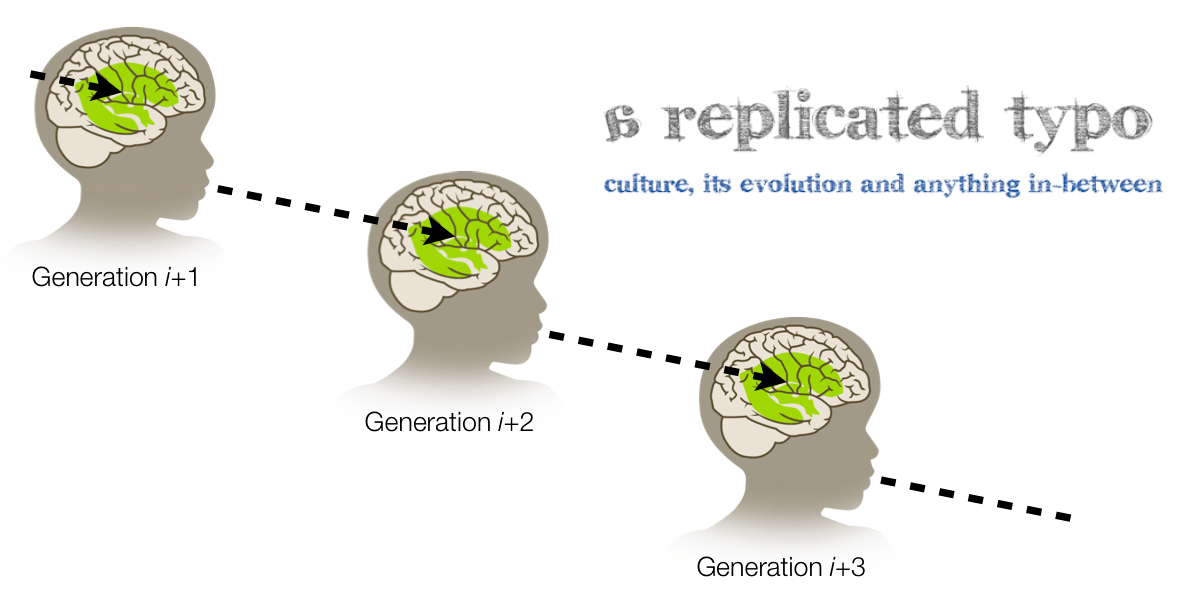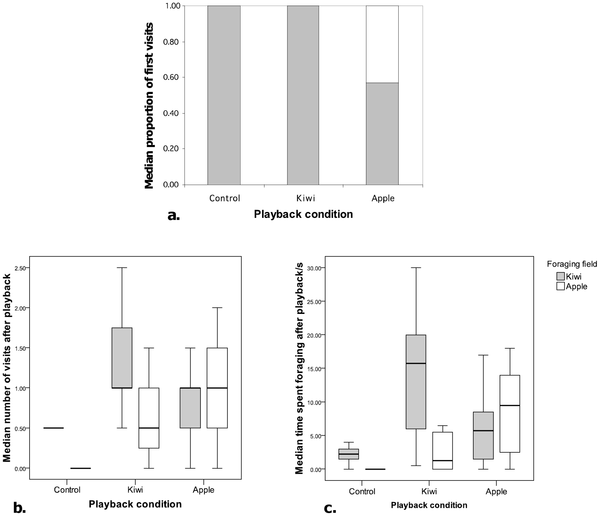In the past many studies have been done on the linguistic abilities of trained apes using artifical languages, but what about in the wild?
Catherine Hobaiter and Richard W. Byrne at the University of St. Andrews have carried out a new study looking at the intentional gestures of chimpanzees in the wild.
Whilst it is generall agreed that gestural communication in great apes as seen in the wild is intentional and elaborate and flexible the authors outline that there is still a lot of controversy with regards to interpretation of the system and how the apes acquire it. These questions are hard to untangle when studied in the captive settings of a zoo.
The study presents a systematic analysis of the gestures made by a population of chimpanzees in the wild. 4,397 cases of intentional gesture were recorded in Budongo, Uganda.
These recordings were used to identify 66 gesture types. These gestures were seen to differ between individuals and also between age classes. Regardless of these differences no gesture was used only by one individual. I worried when I first read this as sometime studies identify intentional gestures by using the criteria that the gestures were used in the same context a certain number of times, however, within this study the criteria for intention gesture was as follows:
Audience checking: The signaller shows signs of beingaware of the potential recipients and their state ofattention, e.g. turning to look at the recipient beforegesturing.
Response waiting: The signaler pauses at the end of thecommunication and maintains some visual contact.
Persistence: The production of further gestures, afterresponse waiting and in the absence of a response that in other cases is taken as satisfactory. (In certain circumstances, such persistence might be impossible, for example where an adult carries an infant away; these cases are marked as unable to persist, rather than nopersistence.)
The authors argue that these gestures are not acquired by ‘ontogenetic ritualization’, which is when actions which are performed to reach some goal become ritualised to the point that they can be anticipated from an intial gesture sequence. The authors carried out detailed analyses of two gestures to show that the action elements which the gestures were made up from did not match those of the original actions.
This lack of ontogenetic ritualisation may be down to these gestures being species-typical, or typical across all the great apes. Comparisons made with the recorded gestured of gorillas and orangutans show that chimpanzee overlap with at least 24 gestures which are recorded in all three species. Dr Hobaiter is cited as saying on the BBC story that:
“the gestures that apes use (and maybe some human gestures too) are derived from ancient shared ancestry of all the great ape species alive today.”
The gestures were also able to be used flexibly across contexts and were able to adjust to the audience, for example the chimps were shown giving silent gestures when their audience was attentive and used contact in their gestures when the audience was inattentive.
The paper includes extensive analysis of repertoire size across age groups, contexts each gesture type was used in as well as things like hand position and shape during gestures.
This is the first study of its type using a wild population of chimpanzees. It shows highly intentional use of a species-typical repertoire which seems surprising and certainly contributes evidence relating to the evolution of intentional communication.
Reference
Catherine Hobaiter and Richard W. Byrne (2011) The gestural repertoire of the wild chimpanzee. ANIMAL COGNITION. DOI: 10.1007/s10071-011-0409-2

